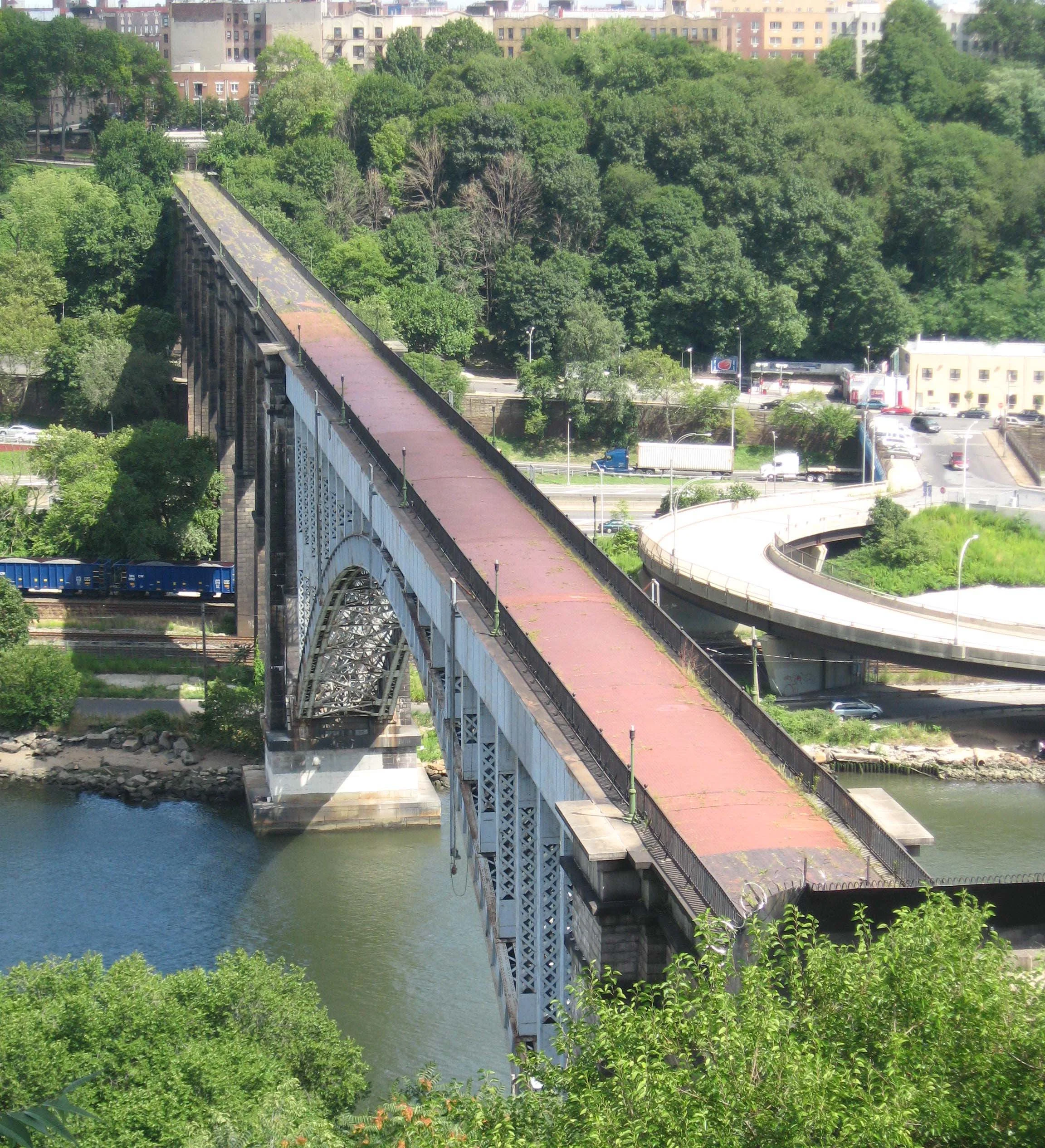The economic decline of the Highbridge neighborhood in the mid-twentieth century was in large part the result of the elimination of three critical pieces of infrastructure. In 1958, the Polo Ground Shuttle was demolished eliminating Sedgwick Avenue and Anderson-Jerome Avenues subway stations. Around the same timeframe, the Putnam Railway closed eliminating Sedgwick and Highbridge regional rail stations. Later in the 1970's, the Highbridge pedestrian bridge was closed further isolating the neighborhood.
New York City commenced the restoration of the Highbridge pedestrian path in 2012. Inspired by this project, Manhatta Architecture sought to explore the possibility of restoring subway service to the Highbridge neighborhood via a 3 Train extension. Doing so will benefit the transit starved Highbridge neighborhood and reduce game-day congestion.
Highbridge Station is more than just a subway station. It will offer much needed amenities to area residents including a fresh foods market and fitness center. Highbridge Pub will serve as a social space for residents and visiting sports fans. A youth hostel will provide affordable lodging and attract international tourism to further add to diversity of the borough. Finally, a public commons will provide a place to meet, relax and enjoy the beautiful borough of the Bronx.
Architect: Manhatta Architecture, P.C. w/ Danilo Sampaio



































